After Alligator Char brought me back some bottles of Kaiyō Whisky from the US, I’ve dug deeper and deeper to find out exactly what’s going on with this stuff. Ultimately, I wanted to answer one simple question: just what is Kaiyō Whisky, really?
Many of you have asked me similar questions. Is it Japanese, is it worth the price, where is the whisky from?
The bottle labels unfortunately answer almost none of those questions. There are no age statements, no information about where the liquid was distilled, and you won’t even find the words “Japanese whisky” anywhere on the bottle. Instead, it reads only “Japanese Mizunara Oak,” presumably a reference to the wood of the cask it was aged in. It’s shown to be Produced by KAIYO Trg Ltd, a company based in Hong Kong… not even Japan. The official website doesn’t provide more technical detail either.
Kaiyō Whisky, according to Google
First I turned to the rest of the internet for answers. There’s a detailed explanation of Kaiyō Whisky over at K&L Spirits Journal, but to summarize, some unnamed Japanese distillery sells casks of their whisky which have been teaspooned, meaning they contain a very small amount of whisky not from that same distillery. At that point, it ceases to be a “Yoichi” or whatever single malt, preventing the buyer from calling it as such. Kaiyō Whisky is then partially aged in Ariake-made Mizunara oak casks on a ship in international waters (海洋 is Japanese for ocean). DrinkHacker also provides a couple other nuggets of info.
Or so the lore goes. While it may be distilled in Japan, it’s not aged entirely in Japan, so they deliberately aren’t calling it Japanese whisky. Thus, we shouldn’t either.

Case closed.
…really?
Seriously?
NAh. That can’t be the full story.
I don’t know about you, but I still had lots of unanswered questions. How come “Mr. Watanabe” never gets a first name? Which Japanese whisky distillery has capacity to spare these days? Why is the company’s address in Osaka that of a virtual office? Why is there no trademark for the name 海洋 filed here in Japan? How come nobody in the Japanese-language Japanese whisky blogosphere has touched this stuff yet?
And the whole Mr. Watanabe being “ex-Asahi.” What exactly does that mean? Hard to take that one at face value. Because frankly, it could mean a lot of different things:
- Asahi is the owner of Nikka Whisky, so he tapped those connections to get some whisky distilled at one of their facilities
- Asahi also has their own facilities (legally) capable of making whisky, so he could have called up some old buddies to make this happen within Asahi itself
- The official line is true — his industry connections don’t necessarily mean Asahi, so it could be from a smaller distillery and not a megacorp distillery
- Nikka Whisky also owns the Ben Nevis Distillery, and it’s all but been outright confirmed that Nikka uses Ben Nevis for some of their “Japanese” blends. He’s clearly just taken bulk imported whisky, finished it in Mizunara, then slapped a label with kanji on it to play up the Japanese angle and charge $100 a bottle.
- Asahi imports a shitton of whisky independent of Nikka, being Japan’s official importer of Jack Daniels since 2012 for example. He wouldn’t even need to go outside of his Asahi buddies to make this whisky happen with imported stocks.
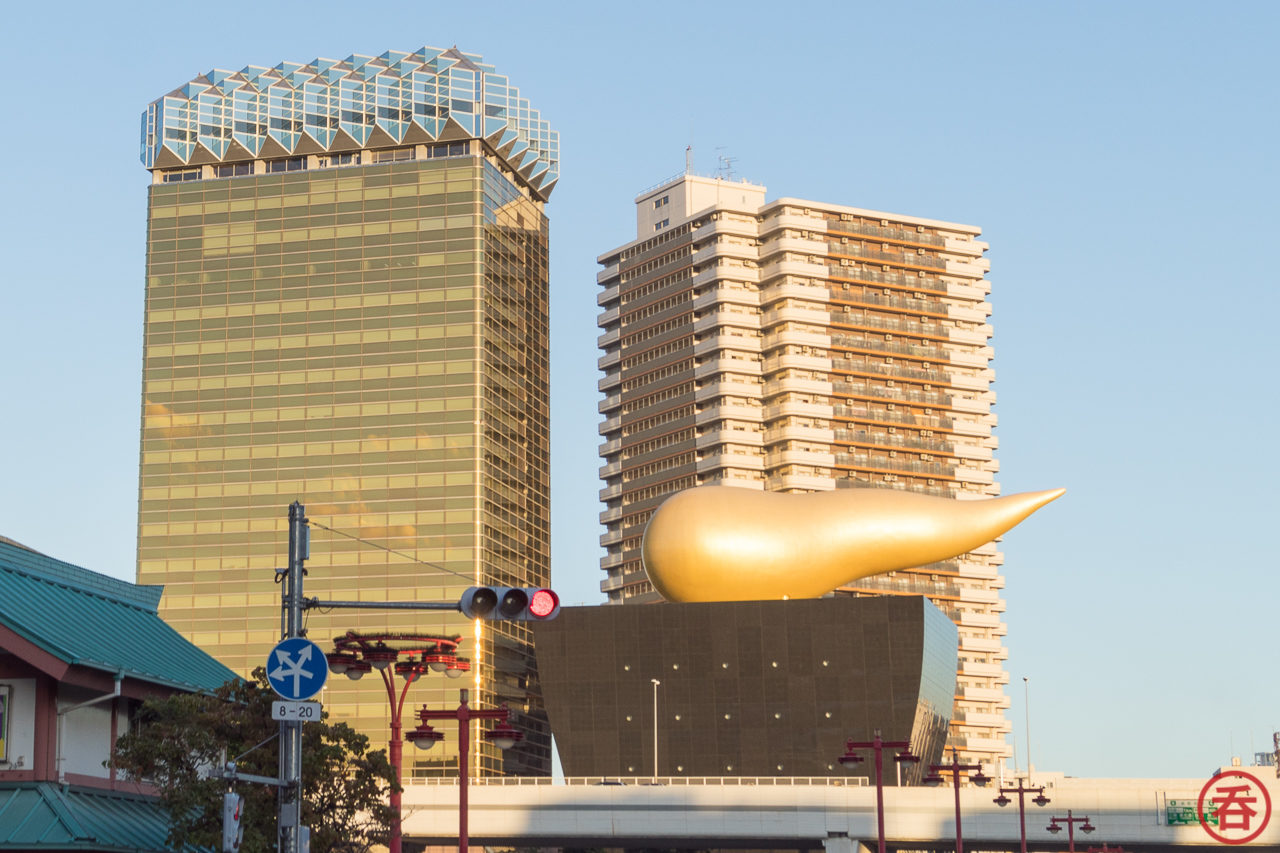
I dug deeper.
Alligator Char managed to track down Mr. Watanabe. He does actually exist. I obviously won’t link it here, but he’s out there if you look around.
The rabbit hole goes even deeper. Kaiyō Whisky looks to be part of a complex network of shell corporations. The kind of thing many people associate with tax evasion or avoidance.
- The EU trademark for “Kaiyo” whisky was filed by a Delaware corporation called LHK Spirits Holdings, Inc.
- LHK Spirits Holdings, Inc. calls 1209 Orange Street, Wilmington DE home, an address that appears prominently in the Paradise Papers. That one building is the headquarters of nearly 300,000 corporations, thanks to Delaware’s famous corporate friendliness.
- The US trademark for Kaiyo whisky was originally filed by New Zealand-based Kaiyo Trk Ltd Corporation, headquartered at this address you’ll find in the Panama Papers.
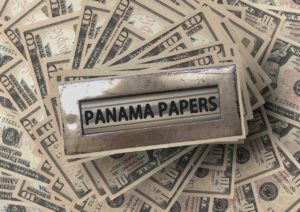
…okay, what’s going on here? Seriously, the damn Panama Papers? To be fair, offshore corporations do have legitimate uses, and the comparative simplicity of establishing a corporation in Delaware is quite attractive.
Anyway, none of that tells us what Kaiyō Whisky really is.
That potentially could have been an article in of itself. But I don’t want to just raise more questions about Kaiyō. There are already enough of those out there. I want to provide answers.
So I REACHED OUT TO them.
After all, this is a business selling whisky, not some shady global crime syndicate. Can’t hurt to just ask. I dropped the Kaiyō Whisky team an email via the contact page on their site.
And I received a response from Jeffrey Karlovitch. He wanted to have a call.
Jeffrey Karlovitch, Whisky Creation, Kaiyō Whisky
Keeper of the Quaich Jeffrey Karlovitch has been involved with whisky for several decades. He’s famously known for being the Master Blender and CEO of the Americas for the Lost Distillery Company, which set out to use modern whiskies to recreate the flavors of Scotland’s lost distilleries prior to shuttering. This requires extensive research, analysis, experimentation, and of course blending. More details on the exact process are available at their website.
Jeffrey has been blending for a long time. Some 15 years ago he expected that Japanese whisky would soon become more popular. Here in Japan, he has worked with both Akashi’s White Oak Distillery and the Chichibu Distillery on their blends.
Kaiyō Whisky’s HISTORY
The Kaiyō Whisky project started around 12 years ago. It was born out of a team involved with the Hennessey side of LVMH, and specifically Eric Horowitz of Kelt, a brand of Cognac also matured at sea.
That said, the Kaiyō team discovered that even years ago, Japanese distilleries were unwilling to sell them aged stock. This put them in a bit of a predicament: how could they launch the brand without properly aged whiskies?
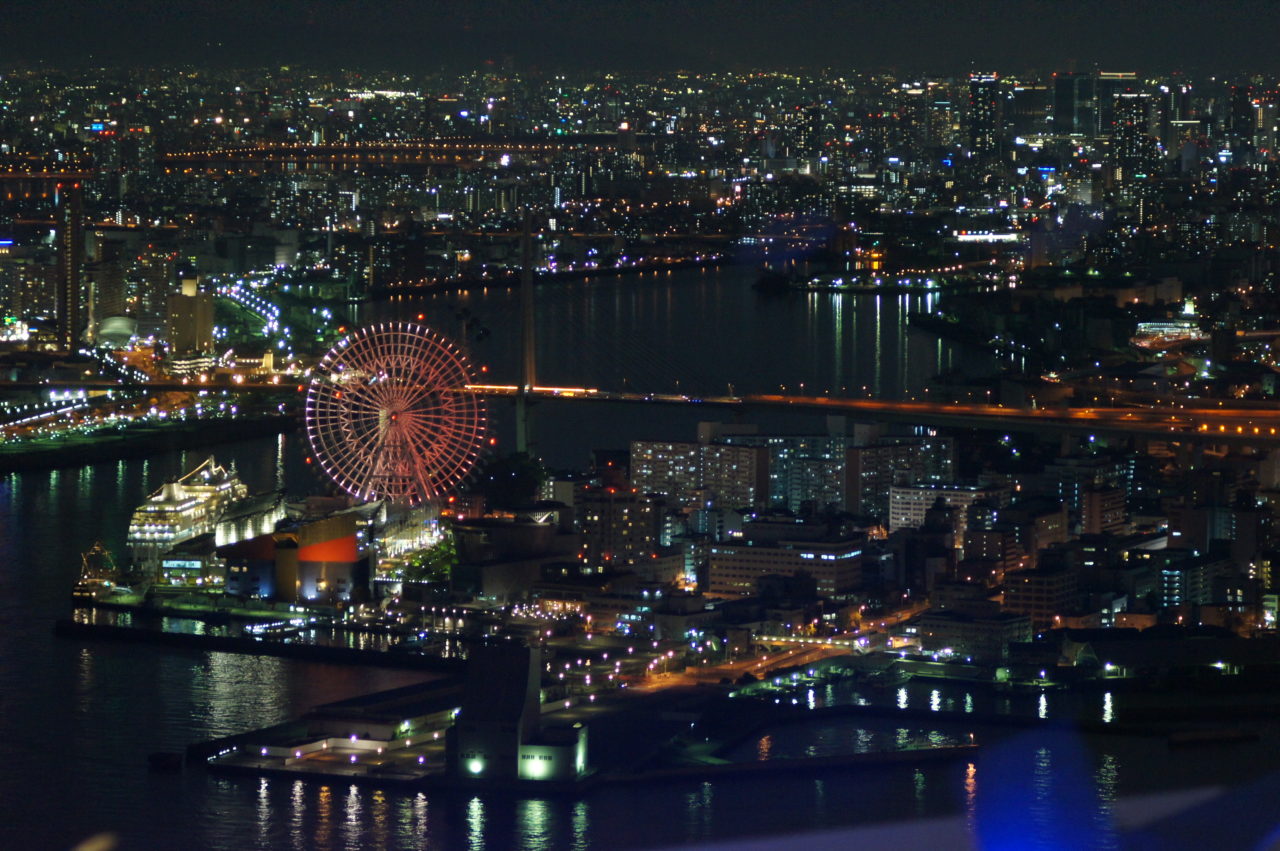
The answer is they didn’t. They decided to wait it out and age the whisky properly. Kaiyō Whisky is reportedly very well-funded, having the backing of one of the richest people in the world. This could, perhaps, explain all of those shell corporations I discovered! That financial situation enabled the Kaiyō Whisky team to avoid one of the biggest business-related issues faced by whisky makers throughout the world — how do you make money while your whisky is aging?
So Kaiyō Whisky found themselves purchasing non-aged Japanese whisky, then aging it themselves. 3 years on land. It’s then blended together prior to heading out to sea.
Jeffrey was skeptical of the concept of ocean aging at first, thinking it was “BS.” However, he’s since become quite a convert. The ocean aging process leaves whiskies significantly richer and rounder, per his assessment.
But he’s not completely blinded by the process. If 20 casks go out to sea, around 13 of them come back good — “some of the best ever,” he says. That leaves the team with 7 casks that need something extra. These casks require some extra work, meaning spending time in other casks again, and become components in Kaiyō’s blending process.
About that Mizunara
Jeffrey has spent plenty of time with Mizunara oak. It’s a hassle to work with, but worth the trouble. Mizunara is famous for bringing along spicy Asian incense notes like spicy sandalwood and aloe.
Kaiyō’s Mizunara casks are all new. Ariake Sangyo is Japan’s only independent cooperage. As we saw with Tarusky, the cooperage also appears to be branching out into actually making spirits aged in their own barrels.
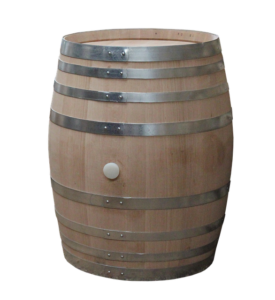 Kaiyō is “probably Ariake’s biggest customer,” according to Jeffrey. He considers them to be the best cooperage in the world, with an unmatched attention to detail yielding high quality casks every time.
Kaiyō is “probably Ariake’s biggest customer,” according to Jeffrey. He considers them to be the best cooperage in the world, with an unmatched attention to detail yielding high quality casks every time.
Apart from Mizunara, the Kaiyō team also uses ex-Bourbon casks from Heaven Hill, Buffalo Trace, and Four Roses (unrinsed!). There are also sherry casks, which we’ll get to at a later date — a recent release is dubbed “KAIYō The SHERI.”
Kaiyō Whisky in Japan
I asked Jeffrey if we would ever see Kaiyō sold domestically here in Japan, and it seems that things are already in the works to make this happen. The company will be partnering with Ariake Sangyo for a domestic launch. It’s been in the works for quite some time as they want to be sure they are completely prepared and it’s done properly.
not all lollipops and rainbows
As many nomunication.jp readers are aware, Japanese whisky is in a predicament. Distilleries simply weren’t prepared for the global demand that’s out there today, and have been scrambling to increase capacity.
This, to me, was probably the biggest question I had about Kaiyō Whisky. How do they, in this day and age, source whisky distilled in Japan? I mean, perhaps years ago, the team could use industry connections to get unaged whisky from a place like Chichibu or White Oak–Chichibu does an absurd number of private casks after all. But today? Seems impossible.
Perhaps my hunch was right. Jeffrey confirmed that Kaiyō Whisky’s situation changed 18-24 months ago.
Indeed, Kaiyō Whisky is now feeling the squeeze. While they were able to obtain a large lot about six months ago, the expectation is that this is not something they can rely on to continue to build the brand.
Kaiyō Distillery
That’s why the team is currently working to build a distillery here in Japan. Barring a press release by the company itself, it’s not often that we hear about distilleries before they come through Japan’s tax office. But like last time, again we got the inside scoop.
They are at the moment considering two sites: one near Osaka and one near Ariake Sangyo in Kyoto. We should know within the next month or so which site has been chosen. The expectation is they’ll be using Forsyths stills.
Japanese whisky standard
Departing from Kaiyō Whisky itself, Jeffrey and I also discussed the legal definition of Japanese whisky. After all, it’s been a hot topic of late.
Just like many of us, he wants more transparency in Japanese whisky as a category. Importantly, this needs to happen with more specific regulations and laws. And it needs to happen sooner rather than later.
It needs to happen tomorrow to protect the integrity. Or else, he says, Japanese whisky risks losing its mystique.
Hi there! I created and run nomunication.jp. I’ve lived in Tokyo since 2008, and I am a certified Shochu Kikisake-shi/Shochu Sommelier (焼酎唎酒師), Cocktail Professor (カクテル検定1級), and I hold Whisky Kentei Levels 3 and JW (ウイスキー検定3級・JW級). I also sit on the Executive Committees for the Tokyo Whisky & Spirits Competition and Japanese Whisky Day. Click here for more details about me and this site. Kampai!

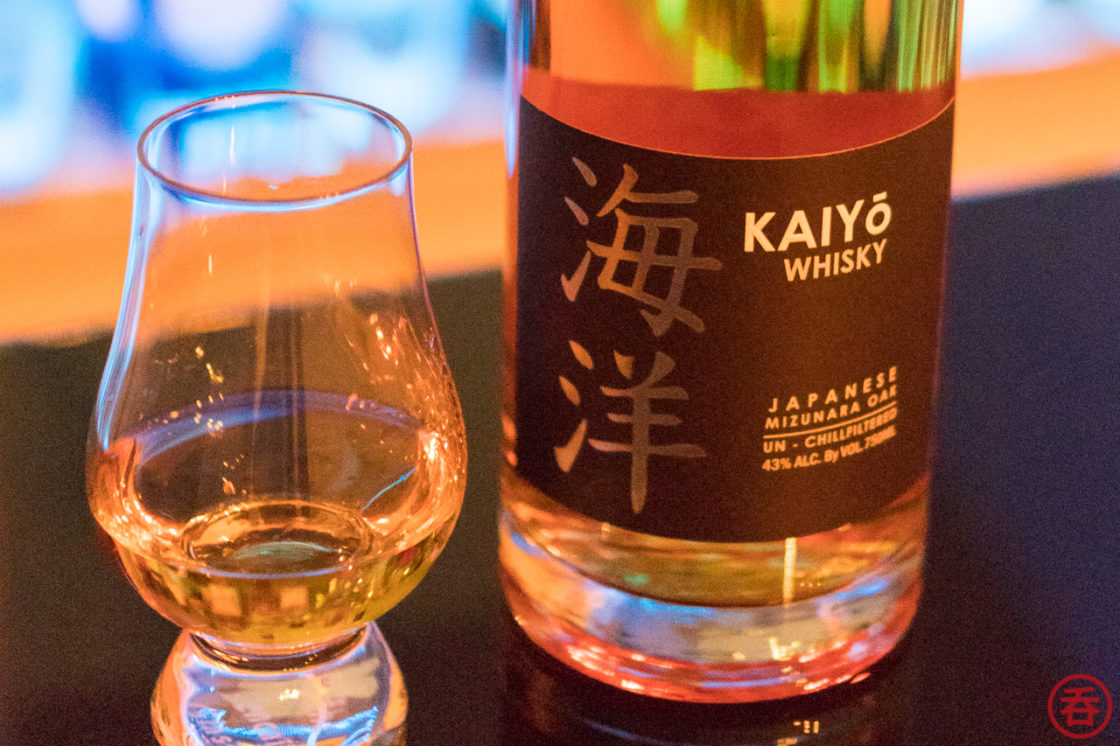
Great article and investigation! I believe your previous article on Kaikyo also mentions an unnamed source of Japanese whisky too.
I’ve seen other whiskies claim they have Japanese distilled juice in marketing material (Nobushi being one, and the one with the crossed swords that uses cedar casks, that I’m blanking on, although both seem suspicious companies).
Shinobu claim to use a mix of Irish and Japanese (I emailed you about their podcast. I don’t remember if they said it was sourced or their own distilled but before the 2017 that they got their licence. I guess if they’re not following the 3 year minimum like Scotch, then it could be theirs, just new make.) Would be great to see an interview with them on your site.
I wonder if there is some source of Japanese whisky that a subset of these fake whiskies have got their hands on and use as a component. Potentially some could move into the World Whisky bracket.
Glad you liked the article and thanks for the comment!
You might be thinking of Kamiki for the latter.
I should also put together something about Shinobu. They do have plans for a distillery out on Sado Island, but the budget for it is suspiciously low, at JPY 20 million. That’s the kind of budget you would expect for gin, not whisky.
Compared to (for example) Niigata Kameda that upped their budget from 100 million to 200 million. Yuza in Yamagata went “way over” their original 500 million budget. Ikawa, we have no idea, Niseko is also estimated at 500 million. So most companies look to be spending at least 5x as much.
On the other hand, the Sadogashima Distillery will be quite small at only 320sqm of floor space. They’re essentially taking over a single building at some sort of industrial waste disposal plant. I don’t know why you would want to make whisky there, but perhaps they got a really, really good deal on the place. At least they plan on putting their aging somewhere else on the island.
I think it could also be interesting to do a numerical comparison of these various new distillery plans. Their budget, square footage, and planned output capacity. Then do a reality check to see if they’re being realistic or not.
I am also curious if there is some “shadow” Japanese whisky industry. There are plenty of facilities with whisky-making licenses that don’t actually release whiskies to consumers. And plenty which have licenses but apparently not using them for their consumer products (Takara Shuzo, Maruzen, and Minami Alps W&B are first that come to mind). Does this mean they’re not making whisky at all, or just not selling it B2C?
Yes, and infographic like that of the new distilleries and expansions would be super fun.
I feel like there must be a shadow industry as you put it, similar to the Indiana plan and some canadian over here. Feels one too many places that actually say a component is distilled in Japan to all be lying. I suspect contracts mean they can’t disclose where (unless it just sounds bad that it is distilled in some industrial plant like the Indiana stuff. The other thing I thought of is some could contain koji whisky as the Japanese component (if they’ve no plans to sell in the US or maybe Europe of course). But that would only work if they say Japanese grain whisky and not malt whisky. Then again if there is a shadow industry, the grain component would be the easiest and cheapest to mass produce, so less likely they’d use koji whisky.
I went back to that podcast, and he does explicitly say they made 50% themselves for the Shinobu https://art19.com/shows/the-spirit-guide-society/episodes/08fd6657-95fe-4203-8899-34520dce8af7
Enjoyed the post, thanks!
“contain koji whisky as the Japanese component (if they’ve no plans to sell in the US or maybe Europe of course).”
Spirit made with koji can be sold as whiskey in the US and I can think of several that are. The labelling regs for whiskey are quite wide in the US in certain ways.
…in the podcast, around 8 min mark they talk about future plans, They say they’re cranking out none stop and goal is 600 litres a day. Renovating a 5,000 square metre warehouse. The part where they say they use their own and Irish is near the beginning.
Good read, Rich. Keep up the good work ♪
Seems Mr. WATANABE’s full name is Kenji Watanabe. There is a new whisky just approved in the US called Tenjaku. Light on details as always. Their web site mentions Kenji as the master blender and that he is famous for making various Japanese whiskies, and that he is the master blender for various blends.
A quick Bing shows Mikuni whisky. I’ve never seen that one before. The style of the label of both brands looks similar, but I’m unsure if they’re the same company (the WHOIS records for both sites are privacy protected, but the former with a Japanese company, and the latter with a Malaysian company). The styles of the photos on the site also seem very similar though. They also both mention Mt. Fuji and the Southern Alps. So my bet is they’re both produced in the same place. No idea if they also have links with Kaiyo. I suspect not as their US importers are not related.
I assume that’s a different Mr. Watanabe, as the one associated with Kaiyō has a different first name.
Tenjaku is a Minami Alps Wine and Beverage blend — also unrelated to Kaiyō.
Interesting, as there is an article on agloballifestyle with Kenji Watanabe about Asahi. They list him as the branch manager of Asahi USA. In it he talks about his passion for beer. His profile on the whisky pages, however, say he is whisky and wine person. Not sure if that is also a different Watanabe. Is it a common name? I assumed it was the same person with the links to Asahi, and being involved with multiple whisky brands.
There are actually photos of Kenji on http://tenjakuwhisky.com/technique.html FWIW.
Watanabe is the 6th most common last name in Japan as of March 2019. So yes, it’s a pretty common name. Probably hundreds of Watanabes at Asahi… likely several in the US as well.
The dude in the pic you linked is different from the dude I found! Also the Tenjaku page their has a copyright notice from Minami Alps W&B at the bottom.
Can you link me to a real source stating that he did blending at Akashi or Ichiro? Can you confirm with both the distilleries that this is true?
No, I looked into all this myself because there is nothing to link to. I unfortunately don’t have time to personally verify the work histories and claims of these primary sources, beyond a certain level.
Google his name or search on LinkedIn or YouTube if you like, the information that is out there lines up.
I appreciate your response and although you have dug deep, I suspect that we need to go even deeper. I don’t think his story is true. Akashi has 7 people working total and I highly doubt Jeffrey was one of them. Chichibu is pretty small too, I think about 15 people? I wish I could reach out myself but someone with your repetutation may actually get a response. If he’s been in the japanese whisky industry *that* long, I’m sure Dave broom or Stephan van Eycken could shed some light on who he is? Especially if he is blending. Wouldn’t that have been mentioned in their books? I don’t mean to be condescending toward your hard work and research by any means. There’s something about this whisky that has so many red flags that I feel like we are missing something big here.
PJG, I looked at the work history of Jeffrey Karlovitch on Linked In. At first glance, it looks legitimate. However, there are some parts that do not line up. In his bio it says, “CEO of Ego Beverage – Present (9 years, 9 months), listing Chichibu and Akashi brands in his portfolio.
Upon looking at the portfolio on the Ego Bev website (https://egobev.com/portfolio.htm), it does not list Akashi or Chichibu. This is imported by another company and has no affiliation with Ego Bev. Did he straight up lie about working with Chichibu and Akashi? I’ve read elsewhere that he said was working with a Nagano distillery but Mars stated that they were not working with him either. Lots of red flags here.
Hi AWu! I suggest you have another look at Tokiwa Imports website and Jeffrey’s LinkedIn profile if you want to go all internet detective on him.
Yes he was never an employee there either
Any intelligence on the new TEI whiskey?
It’s a fake as far as I can tell. And unrelated to Kaiyo.
What do you think about the concept of cultural appropriation?
Not trolling you — asked as a sincere question, with relation to what you discovered about Kaiyo.
Thank you for your writing work. Big fan.
I am still trying to process this question. Who is appropriating culture from who here? Are you implying that Kaiyo is trying to appropriate Japanese whisky from Japan? Or the opposite, Kaiyo is trying to recreate Scotch whisky outside of Japan?
This is fantastic work! Would love an update article when Kaiyo Distillery breaks ground. Props to Jeffrey Karlovitch for being open and honest about Kaiyo and its current status. A job well done Richard!
I am a huge whiskey (mostly rye), scotch, and mezcal fan/connoisseur. I really (surprisingly – mostly because I hadn’t heard of them) enjoyed the Cask Strength Kaiyō. Any other recommendations?
This stuff is absolute garbage. I bought it on a whim while unsuccessfully seeking Hatozaki Small Batch and Yamazaki 12, not realizing just how much some industrious scheisters out there have realized that if they slap a kanji on a label they can extract premium dollars out of us. Without doing too much of an analysis, I scooped up a bottle of this Kaiyo, a Toguichi, and a Kura the Whisky. Luckily I at least got a Nikka from the Barrel also to redeem the outinf cause those other three, ans especially the Kaiyo, are absolute fraudulent garbage. Don’t waste your time, money, or tastebuds on any of them.